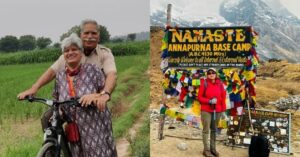Unstoppable At 69: She Quit Banking to Scale 12 Mountains, Run Marathons In Antarctica
Mountaineer and marathoner Mala Honnatti has scaled several peaks, and her passion for adventure remains untouched even as a senior citizen. She recalls her most thrilling expeditions to Everest, marathons in Antarctica, and more.
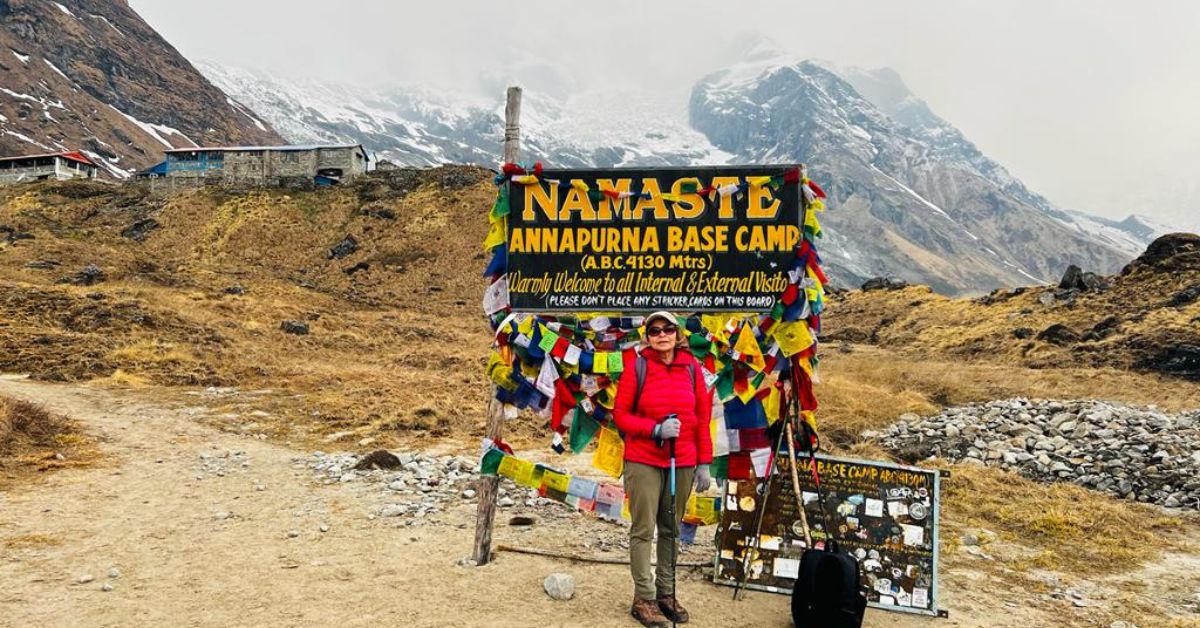
A 62-year-old Mala Honnatti stood at the Everest base camp. The date was 25 April 2015, and at the time, she would have been the oldest Indian to attempt to scale the world’s highest peak.
As she readied herself for the climb, she felt tremors. She recalls a few people from the other 14 campsites yelling, “Earthquake, earthquake!”
“I was in the dining tent reading a book when I saw everything wobbling. The water bottles, flasks and other things on the tables fell. On mountain expeditions, you usually experience slight tremors. But this was different,” she recalls in a conversation with The Better India.
As rocks began falling from the surrounding mountains, the team received a message from the Nepal base camp that an earthquake had hit Kathmandu. Measuring 7.8 on the Richter scale, it claimed the lives of nearly 9,000 people and injured over 21,000 others.
“We were on the China side [of Mount Everest], which also saw a lot of damage. So they cancelled the expedition and I couldn’t climb the summit,” says Mala, who has tried to make it to Everest at least thrice in her lifetime.
This attempt was the closest she had come to climbing the mountain, for which she had invested nearly Rs 23 lakh. “I had invested all my money in this expedition and when I came back, I was running short of funds for my daily expenses,” she laments.
Such is her undying love for mountaineering.
The Karnataka native came to Delhi on a work transfer and has been living in Gurugram for the last 31 years. After working as a public sector bank manager, she took a promotion as a chief manager in a private sector bank. But she left it all before her superannuation.
So how does a bank manager become a marathoner and mountaineer?
Mala, now 69, chortles as she replies, “In banking, we take care of the financial health of others. But I was concerned about my physical health too. Both are equally important, but ironically, we ignore the latter to improve our finances, and later spend all that money to gain back our physical health.”
As a 30-something bank personnel in the 80s, she joined karate lessons and also did a couple of Himalayan treks.
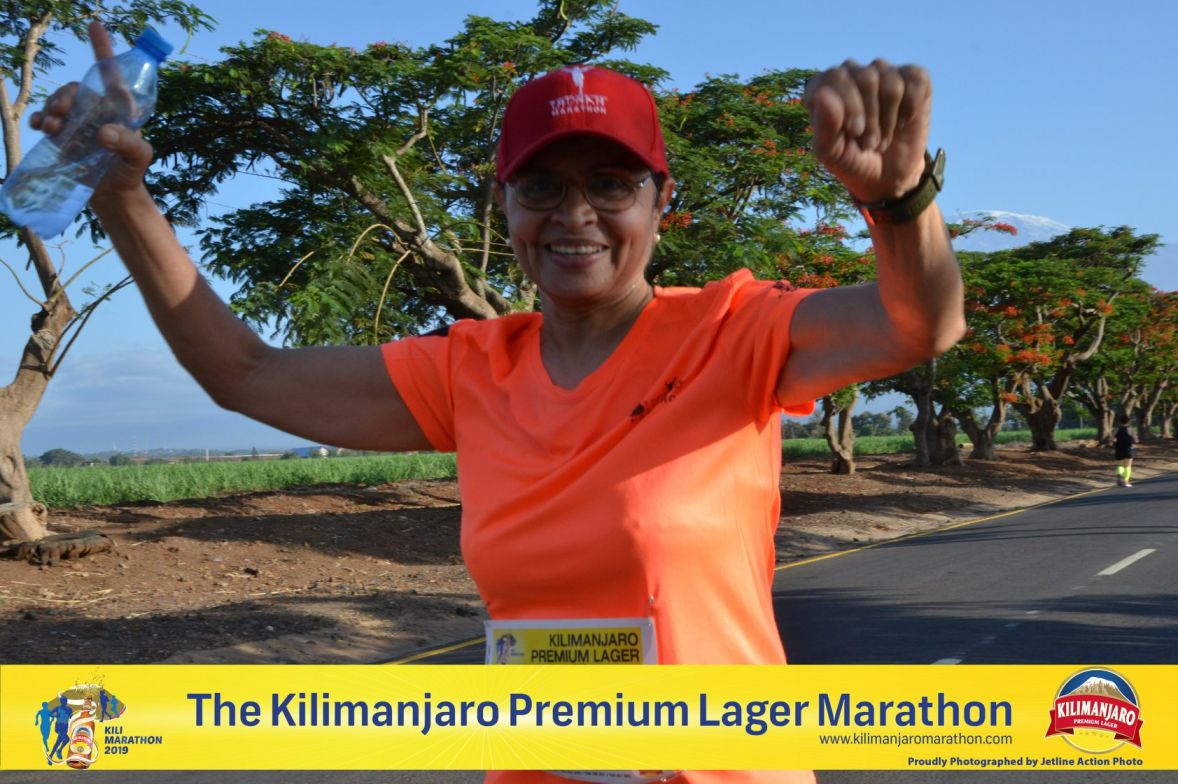
Her first encounter with trekking was in 1984 when she signed up for a low-altitude programme organised by the Youth Hostel Association of India. “We didn’t have social media in the 80s so I wrote to the organisations via mail and got all my information,” she says.
“Once you visit the Himalayas, you don’t know how it affects you,” she reminisces.
“I love everything about these trips — preparing for the trek, travelling to the sites, being amidst nature, carrying a 22kg-rucksack, river crossing, climbing glaciers, the variations in weather. In the mountains, you will experience nature’s ferocity and tranquillity. You become a different person. You feel insignificant. Aukat pata chalti hai (you learn your place in the universe). It grounds you.”
Before going for the trek, you may have several apprehensions. She lists a few, “Will I be able to complete the task? What happens if I get thrown into ice-cold water? How will I walk for so many kilometres? Will there be avalanches? What if I fall into a crevice?”
“But after completing the trek, your sense of achievement skyrockets. That achievement is bigger than any promotion in your corporate life or any university degree,” she opines.
Once Mala set her sights on mountaineering, she decided to kick it up a notch. But progress meant gearing up for higher altitude programmes. So, she joined the Himalayan Mountaineering Institute, Darjeeling, in 1986.
Since then, she has climbed a dozen mountains in India. So far, she has summited Mt Stok Kangri, Mt Ladakhi, Mt Sitidhar, and Mt Kilimanjaro, revisiting some of these trips solo as well as on group expeditions.
“It isn’t just about your fitness, mental health and how well you acclimate to the climate, but also the weather conditions. You have to also be prepared to run out of resources and turn back if that happens.”
Her tryst with Everest began in the early 90s.
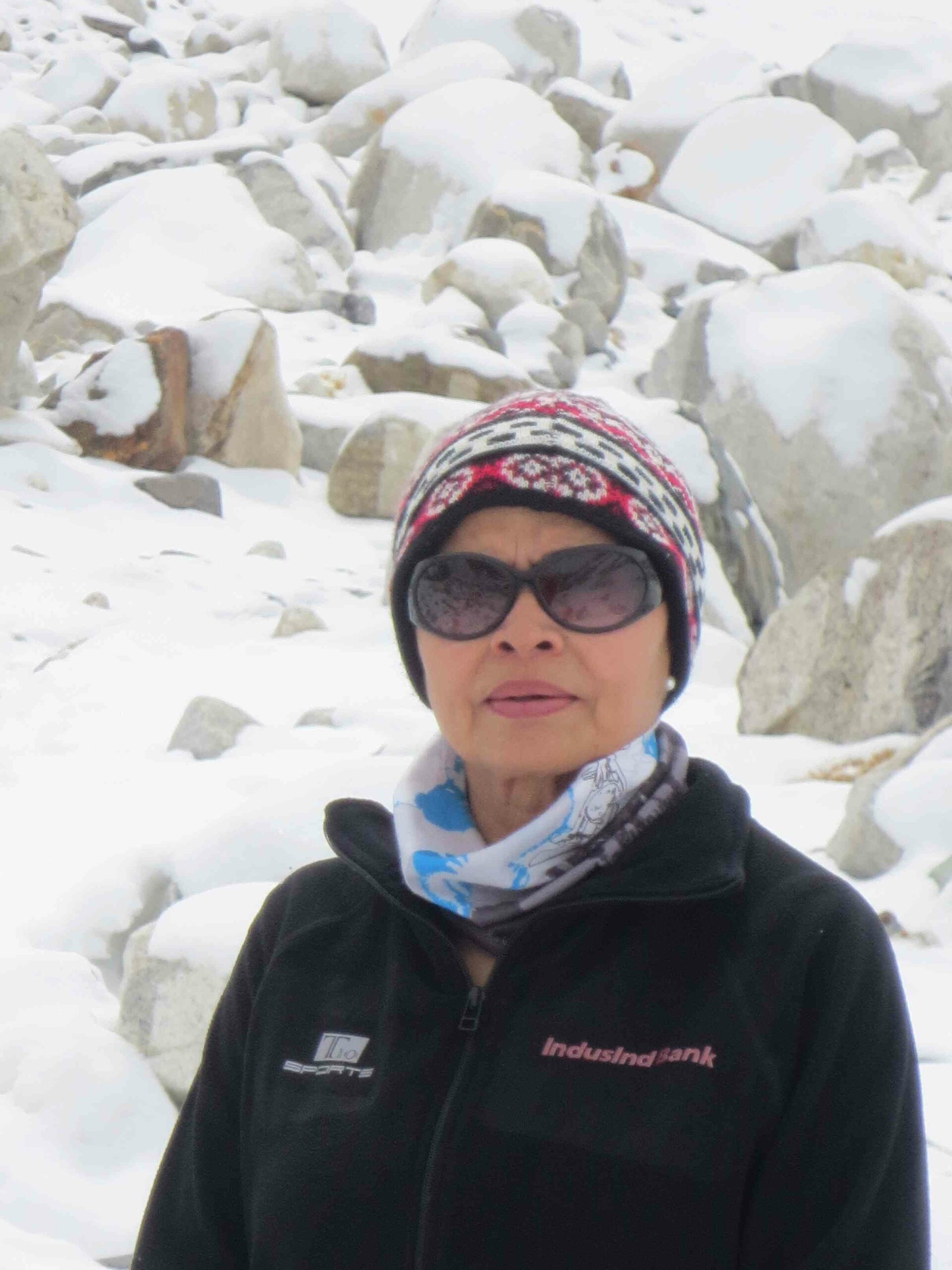
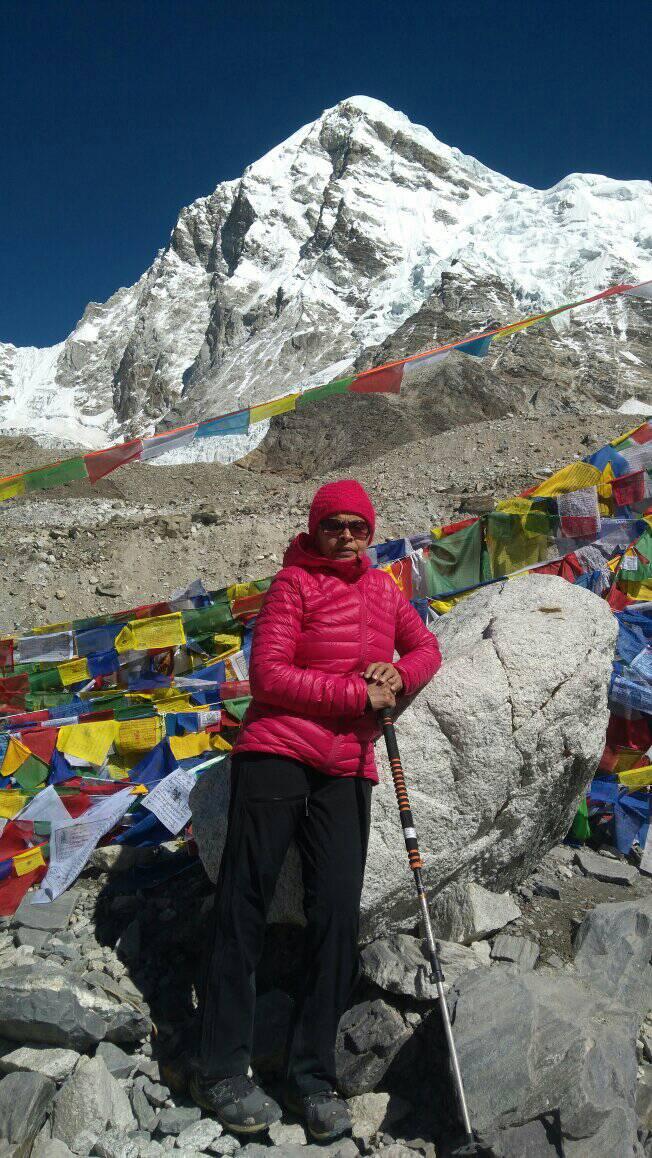
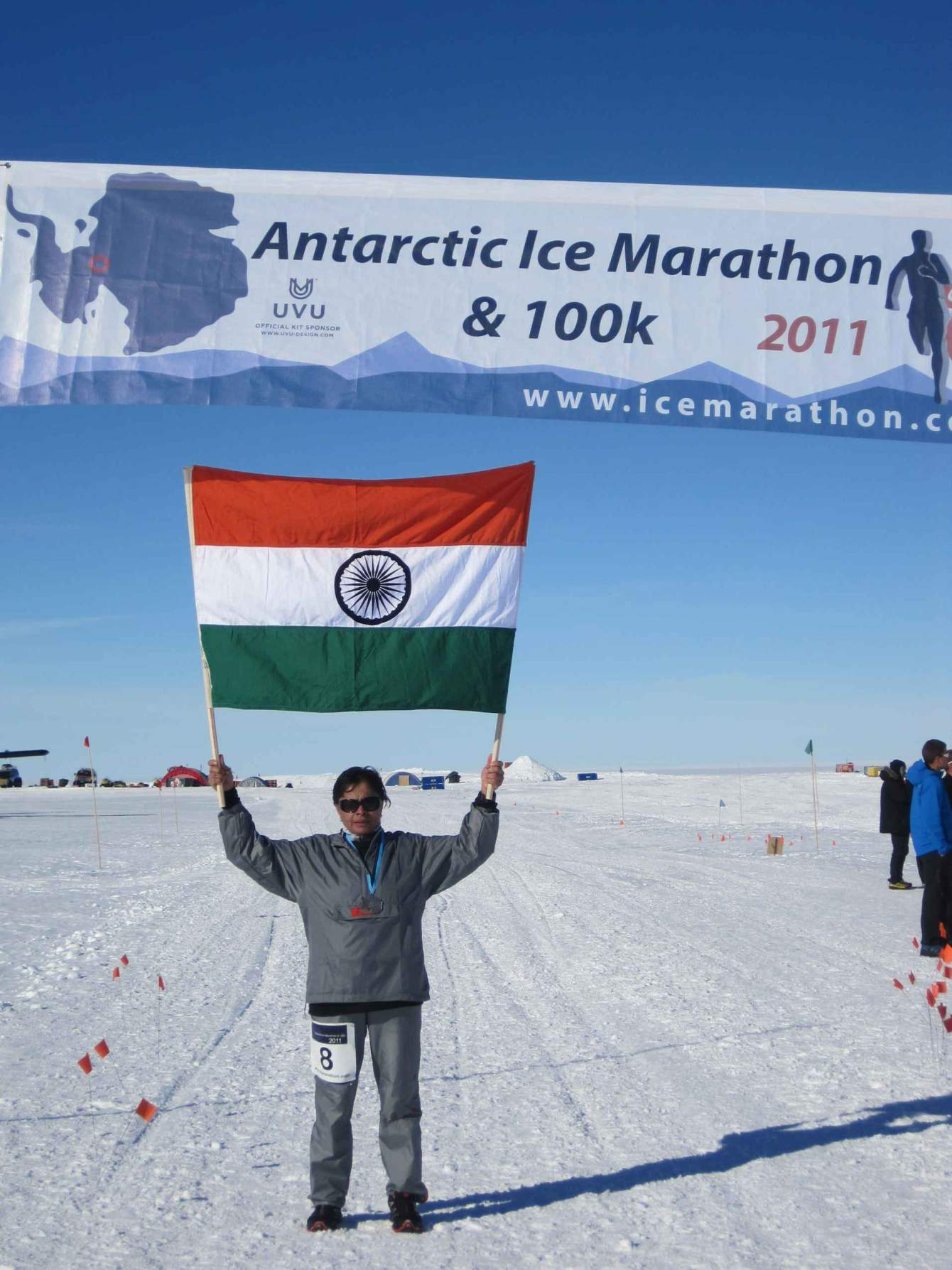
“I was fit to climb to the summit of Mt Mamostong Kangri, Ladakh in ‘92 — which was a selection expedition for an all-women team to climb Everest the following year — but we couldn’t progress because of three days of continuous snowfall and white out. We waited for the weather to clear, but when it didn’t, we had to turn back,” says the mountaineer.
She wasn’t selected for the Everest expedition the following year and she says, “It was always at the back of my mind that I missed my chance [for Everest]. So I started running a lot of marathons in India and abroad – full marathons and on different terrains.”
Mala has marathoned to the base camp of 11 mountains, including Annapurna, and has run the 100K Antarctica marathon too.
Though she had diverted her energy into other activities, she always wanted another chance at scaling the summit of Everest.
Two decades later, in 2011, Mala went for the Everest marathon and trekked to the base camp, which is approximately 17,600 feet above sea level. Here she envisioned the path she would’ve taken to the summit (~29,000 ft above sea level) had she been selected for the ‘93 team. That’s when she decided to try again.
The following year, she decided to prepare for her Everest expedition by climbing Mt Stok Kangri in Ladakh. “I carried 16 kg of weight on my back and trekked solo. I even made good time and completed it within four days, when usually it takes people eight to ten days to complete it. And though the height of Stok Kangri (~20,000 ft) is not comparable to Everest, it gave me a little confidence that I could do it.”
She continued her fitness routine for the next two years and was all set to scale Mt Everest in 2014, but her sponsors backed out, she says.
She finally got another chance at scaling Everest’s summit again in 2015, when she approached the banks she had worked at to partially sponsor her trip.
It was a week-long preparation journey, which began in Nepal at the beginning of April that year. They had to then trek to the base camp from China for another six days and get acclimatised to the altitude.
“We reached the base camp and spent a week setting up our equipment. We were even eating high-altitude food, which is different from regular food. It is pre-cooked, half-cooked, and dehydrated food items,” she says.
But the Gorkha earthquake put a spanner in her plans once again.
‘Human traffic jams on Everest.’
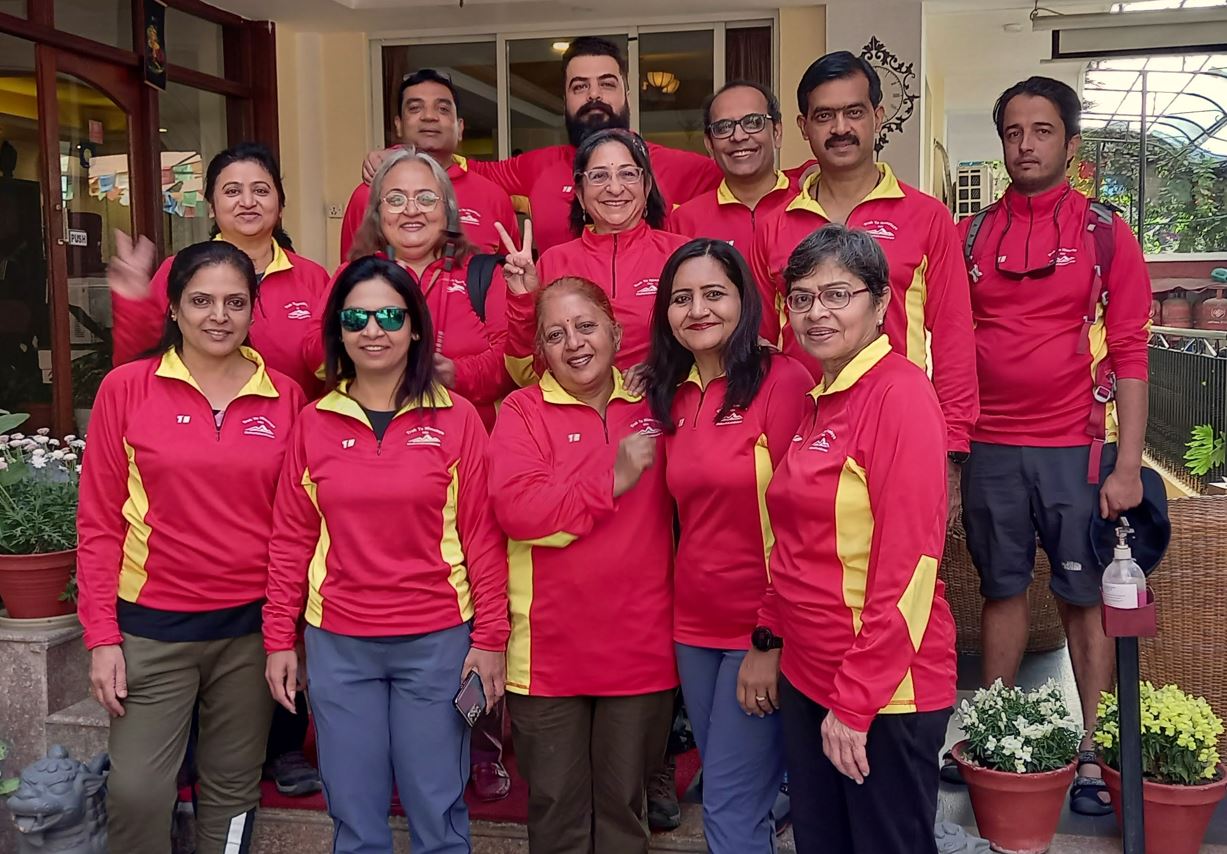
To climb the Everest summit, one needs to set aside Rs 25 to Rs 50 lakh, along with about two years of a good fitness regime, Mala says.
“There is no cut-off age to scale the mountain, but you have to be at least 18 to climb to the summit,” says Mala, adding that the number of people joining the Everest expedition teams has increased exponentially.
By 2016, Mala started her own mountain expedition trips under ‘Maho Adventures’. “I get enquiries from the US, Dubai and all over India,” she says, adding, “We go to Stok Kangri, Kilimanjaro, Mera Peak in Nepal, Annapurna base camps and Himachal trekking programmes.”
Gurugram-based Laxmi Sachan, 50, remembers her first trek with Mala in 2017. Her experience, simply put, has been “amazing”. “I like that these trips are organised by a lady and they are not commercialised. They feel personal, almost like you are travelling with family,” she says.
Since then, Laxmi has been on four treks with Maho Adventures. Recalling her first trip, she says, “We went to Manali’s Hampta Pass, which is over 4,200 m (14,000 ft) above sea level. I owe my love for trekking to her (Mala).”
Mala often motivates her crew by equating these treks to the mountains to “annual repairs”, not unlike cars. “She is constantly motivating us,” says Laxmi. “On that Hampta trek, my ankle swelled up. Mala, almost like a mother, bandaged my foot and cared for me.”
Speaking about the commercialisation of mountaineering, Mala laments, “There is a human traffic jam on Mt Everest these days – one line of people are going up and another is coming down.”
“Earlier, we trekked mountains for passion, fitness, and to experience tranquillity. But now it is so commercialised. And this is the main business for sherpas in Nepal,” she says. “When the numbers were a few thousand in the 80s, it has now gone up to 10,000 per campsite.”
“On bigger expeditions, you have to carry back all your waste, including human waste in chemically-treated bags. On smaller expeditions, we dig a pit away from the campsite where we bury our waste and cover it with a layer of mud. I limit my groups to 10 people, which limits the campsite area and brings down our plastic waste, which is also carried back home,” she says about how she is doing things differently.
As for Everest, she says, “Along with the increased expenses, you have to be mentally strong and physically fit to go back there. And I don’t know if I have it in me to do it one more time.”
This prominent single woman on the mountaineering circuit, living life on her own terms, wouldn’t have it any other way. “This is my life and I will do what I want to do,” she asserts as she readies for her next expedition to the majestic Garhwal peaks in Himalaya, Uttarakhand.
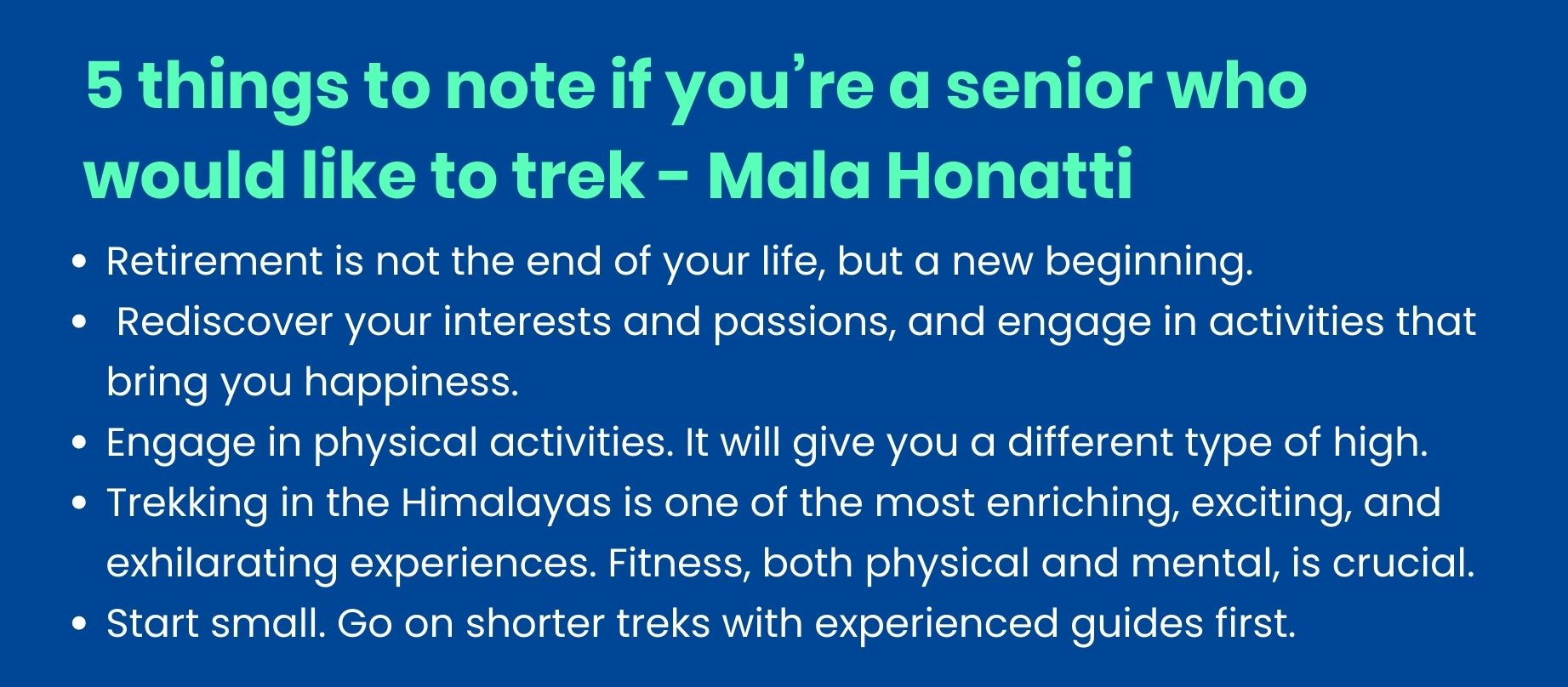
You can join her by contacting her on her LinkedIn page or Facebook page.
Edited by Divya Sethu
Sources:
₹25-₹50 lakhs budget for Mt Everest expedition by The Hindu; Published on 30 May 2019
Oldest Indian to attempt Everest safe by Sharad Kohli/Times of India; Published on 26 April 2015
If you found our stories insightful, informative, or even just enjoyable, we invite you to consider making a voluntary payment to support the work we do at The Better India. Your contribution helps us continue producing quality content that educates, inspires, and drives positive change.
Choose one of the payment options below for your contribution-
By paying for the stories you value, you directly contribute to sustaining our efforts focused on making a difference in the world. Together, let's ensure that impactful stories continue to be told and shared, enriching lives and communities alike.
Thank you for your support. Here are some frequently asked questions you might find helpful to know why you are contributing?


This story made me
-
97
-
121
-
89
-
167







